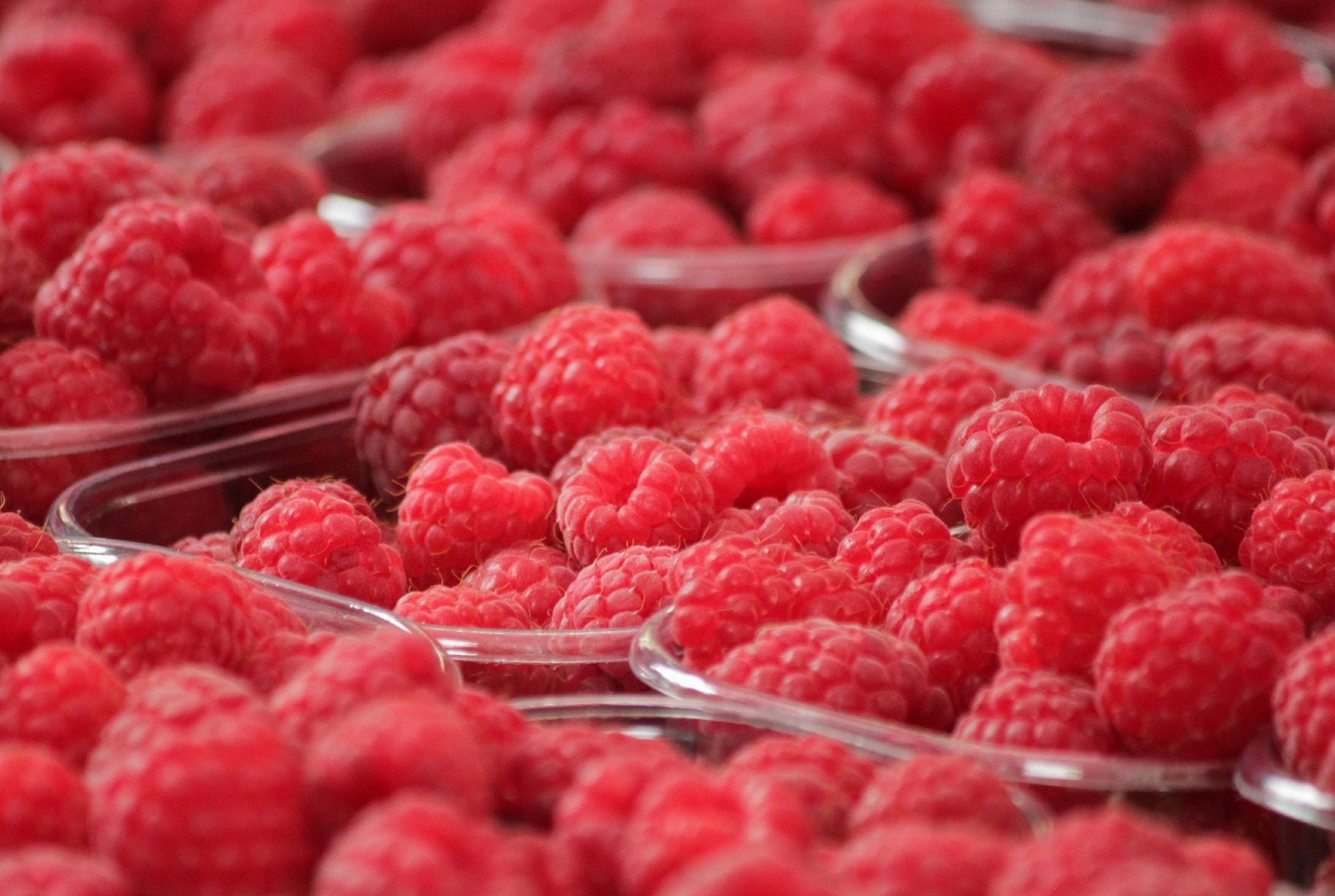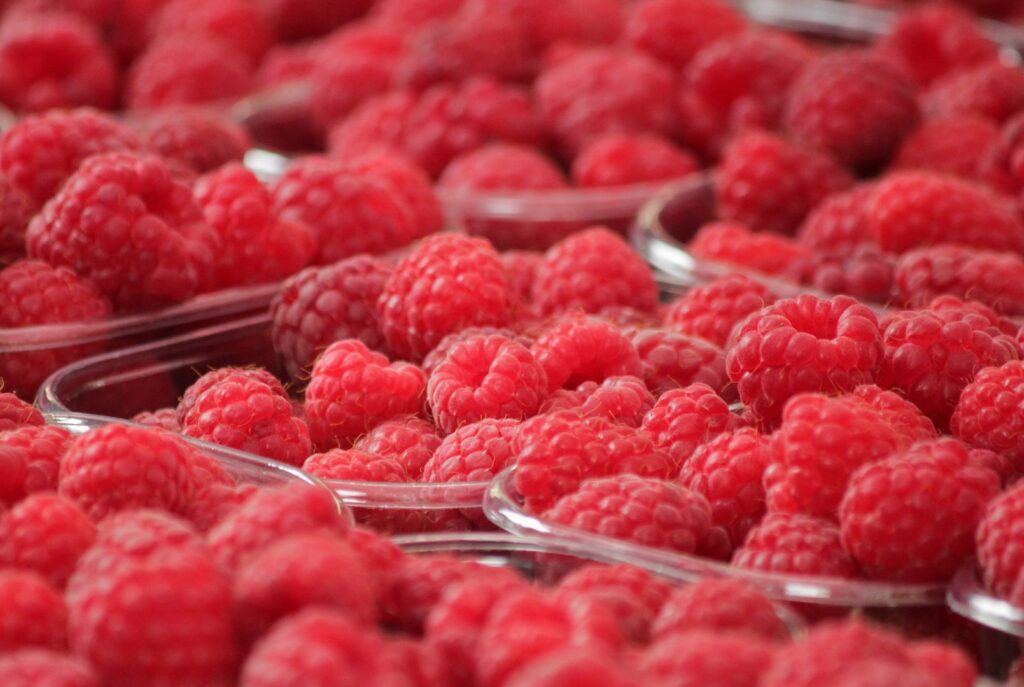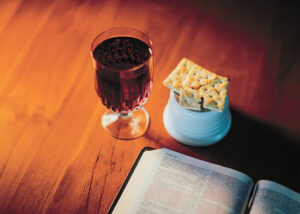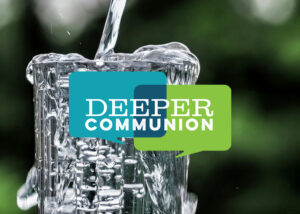On Holy Week we gather to celebrate communion along with the Christian church throughout the world, as Jesus invited us to do. As we do so, we remember how Jesus shared the last supper with his disciples in the intimacy of the upper room; all dipping in the same dish with him, without knowing the full significance of the event, and unaware of how it would be remembered for centuries to come.
What is in the act of taking the bread and the wine? What is it expected to do for us? How is it that ordinary bread and grape juice, in the act of communion, are more than bread and wine? And how is it different for us today, after Jesus’ death and resurrection, than it was for the disciples who shared the meal in person?
I will draw a parallel from a personal experience to how the bread and wine are different for us on this side of Jesus’ death. The power and mystery of communion became evident to me not in a seminary classroom, and not in a church service, but in an unexpected event that had nothing to do with a communion service.
In August of 1992, I visited my mother in the Central Haven Personal Care Home in Saskatoon. A side trip took me to the house in which my parents had lived in retirement, just blocks away from where mother was now being cared for. My father had died four years earlier.
The house on Avenue I North was newly painted and looked to be well kept, which I found reassuring. To have found the property my parents had cared for so lovingly to be in disarray would have been disappointing. I remembered how dad kept the lawn in perfect manicure. After walking up the driveway, I peered into the backyard and saw how the climbing sweet peas were still thriving up against the garage wall.
In order not to cause the occupants of the house concern, and in order not to be startled by them, I rang the backdoor bell. There was no response. So with a sense of undisturbed freedom, I took the liberty to explore the backyard and garden. I examined the fruit trees that dad had tended. Then I went over to the raspberry patch which dad had planted and nurtured. The fruit was ripe, juicy, and ready for eating.
Instinctively I reached over to pick and eat unashamedly, even though I did not know the current owners of the property. I felt entitled; after all, my dad had planted them.
At that moment, something quite unexpected happened. When my tongue squished the first berry against the roof of my mouth, I experienced an unexpected sensation. It resulted in an inner craving; not for the fruit itself, but for what the fruit represented. These berries were the fruit of my father’s labour. He had planted them. He had pruned them. He had carefully enriched and tended the soil around them. They were the product of his initiative and ingenuity. They hung there, lush and red, as a testimony to his partnership with God in creating a productive world. I picked and I ate as one taking communion.
My eyes became misty as I reflected on what was happening. Back in Pennsylvania, where we lived at the time, I had often wished that dad could accompany me through my routine of tending to the animals at the country estate where we lived. He had a way of appreciating the things of the land. But here in the garden patch that he had planted, I felt connected to him in a unique way. It was a mystical experience not unlike a moment of communion.
I longed for my dad to be there in person. I wanted more than memories. I wanted his presence. In a mystical way, the fruit of the prickly raspberry bushes that he had planted and nurtured made his presence more tangible than memories alone. He was part of what he had created. All that was missing was his voice saying, “Help yourself. Aat dee zaut. Eat until you are satisfied.”
Later the experience prompted me to reflect on the Roman Catholic concept of “the real presence” of Christ. And, in doing so, I grasped another dimension of the words of Christ, “Take, eat, this is my body.”
I also reflected on what made this experience in the raspberry patch different from visiting my mother. Mother, of course, had been a full participant in making the yard, garden, and home attractive and productive. I had no reason to focus on dad alone except for one thing. Mom was only a few blocks away, with diminishing physical and mental capacity to be sure, but she was there, to be touched, to exchange memories, to learn from still. She had not yet “ascended.” To receive a gift from her was exactly that, a gift, a token of her love. But when death has separated us, then that same item, which before was a token of love, would become a symbol of the person’s life and presence.
For example, when mother made an afghan for us years ago, we gratefully accepted and valued the special handmade gift. But since she has died, the afghan has become much more than a gift. It is now a symbol of the industrious, creative person she was. That is why my experience was focused on my father that day. I could still visit Mother. We could talk, and share experiences and feelings.
In respect to my father, it was different. The “communion” experience in the garden was the most tangible way in which I was able to experience him now. More than memory was involved; memory was combined with a tangible symbol.
Later that day I visited his gravesite in the cemetery but I did not sense dad’s presence there. I had experienced his “real presence” in the backyard garden, in the eating of the fruit.
In the Anabaptist tradition, we have carefully differentiated our theology from the Roman Catholic concept of “the real presence.” That summer afternoon, eating fruit in the garden that my parents had once planted and nurtured, I gained an appreciation for the concept of the “real presence.”
When we participate in communion this week, we will be invited to receive the bread and the cup, remembering how Christ broke bread with his disciples in the upper room. We will dip morsels of bread into wine or grape juice and then consume them.
If all we do is consume a piece of bread soaked in wine, it has little meaning. But when we receive that bread and wine as a symbol of the life and death of Jesus, then taking it into ourselves is a spiritual experience. I pray that these common elements of bread and grape juice can be more than common for us today; that our eating can truly be a symbol of experiencing Christ among us and within us.
Cornel G. Rempel presented this meditation at Charleswood Mennonite Church (Winnipeg) in April 2010.
This article was updated on April 9, 2020 to include the main photo.










Leave a Reply
You must be logged in to post a comment.